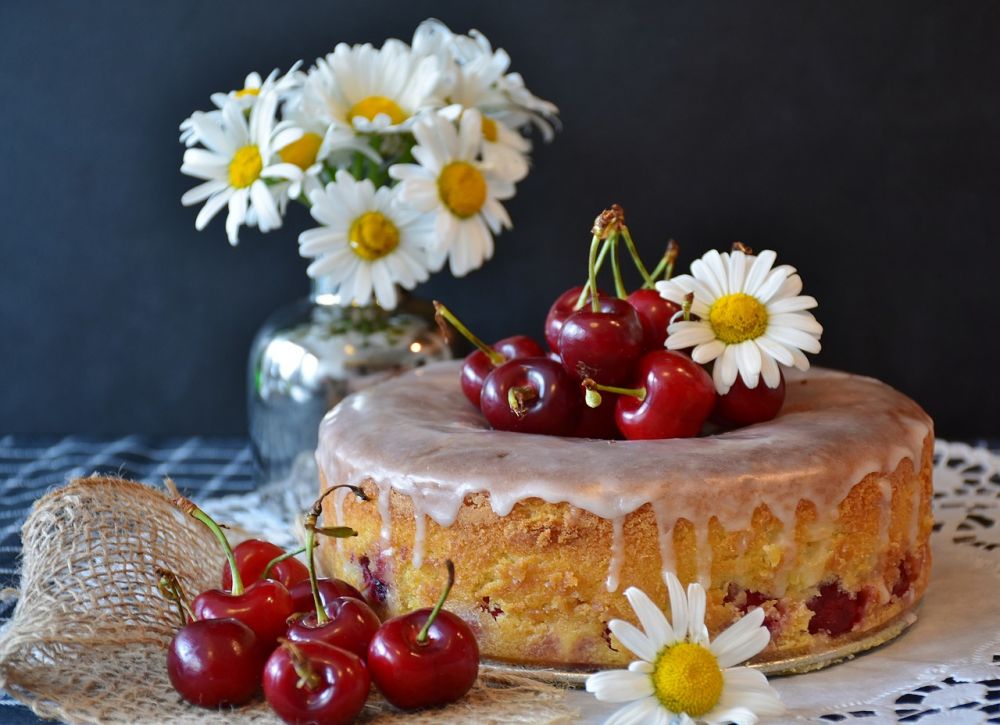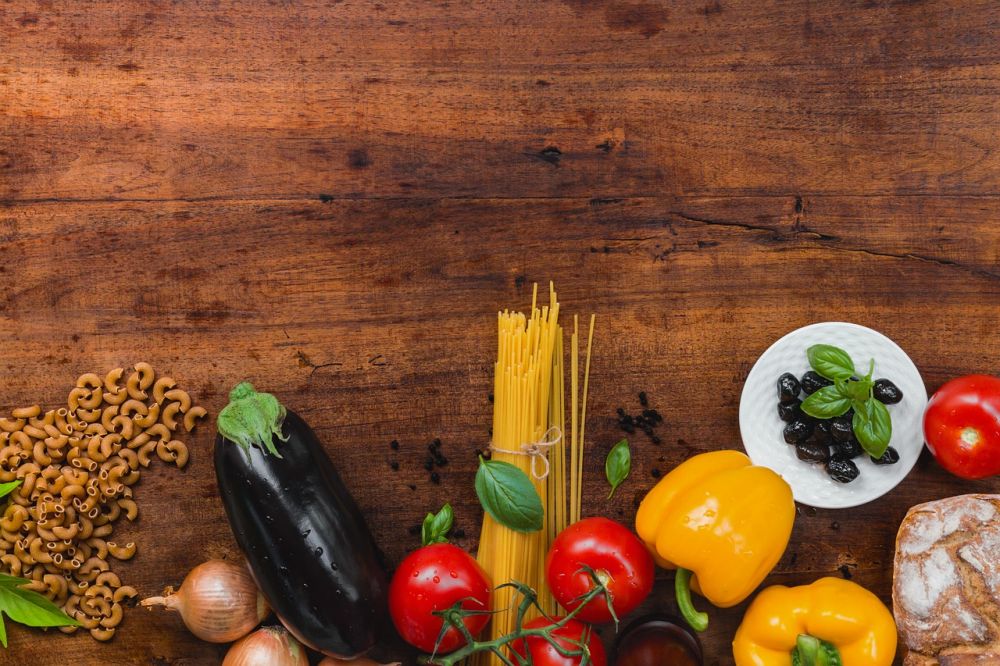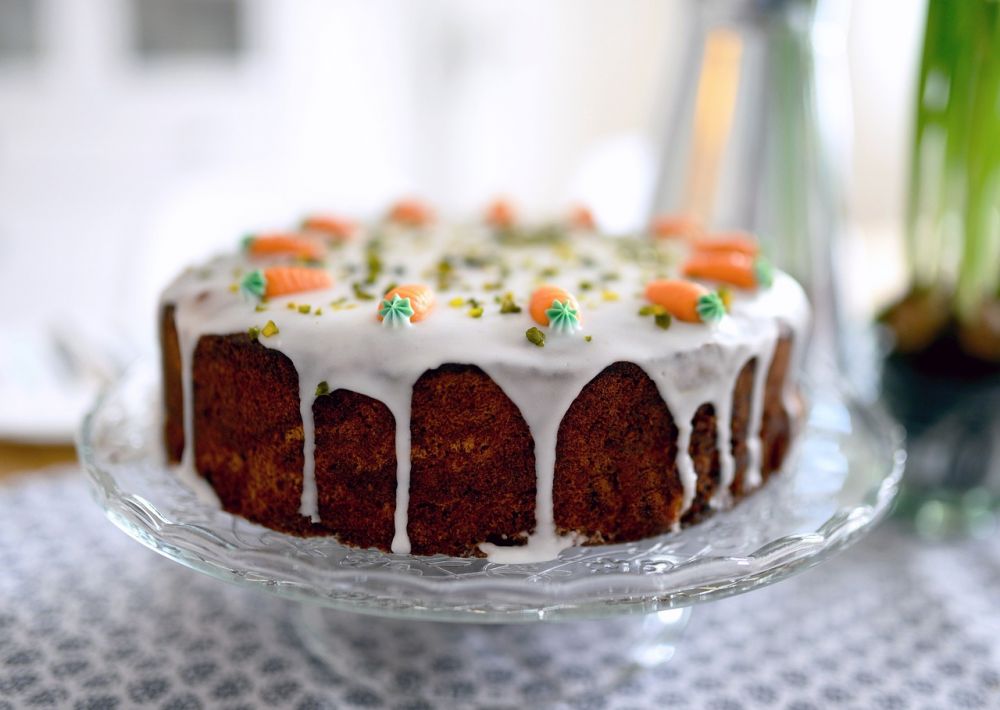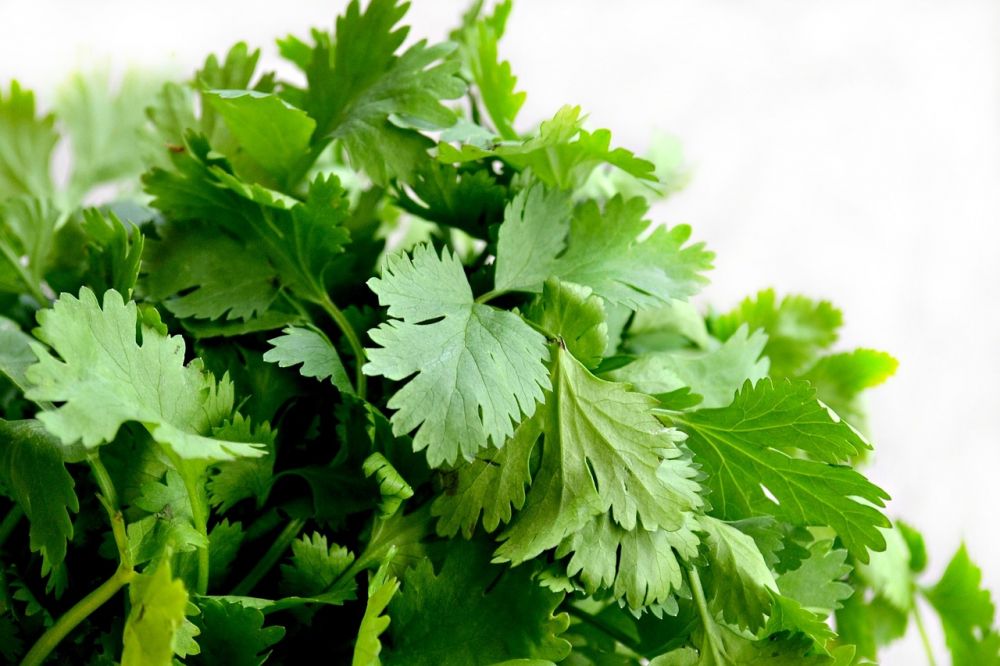Bake med surdeig - Kunsten å lage autentiske og smakfulle brød
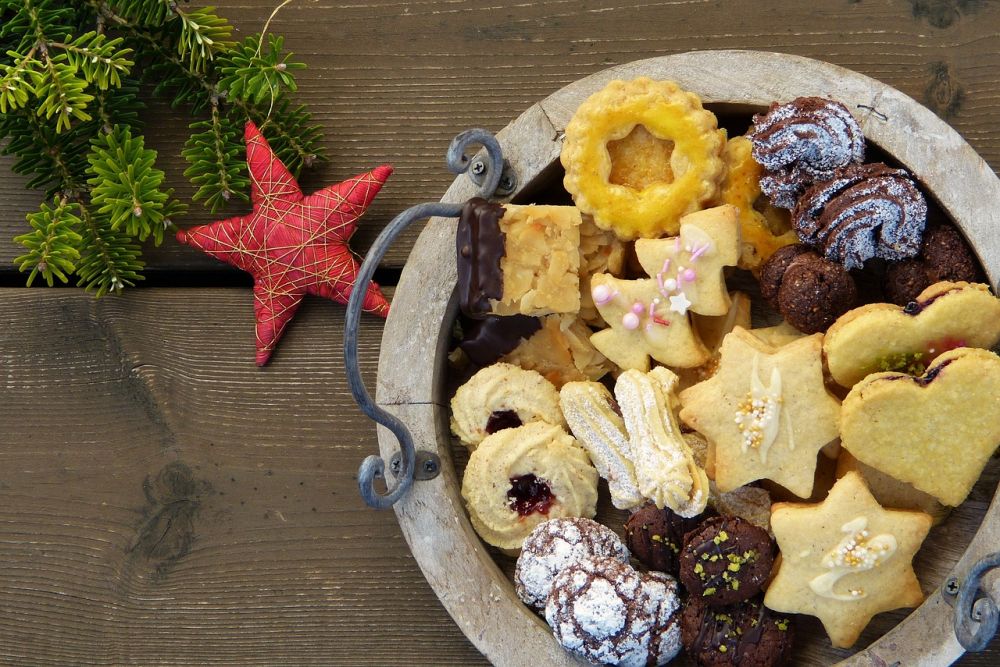
En overordnet, grundig oversikt over «bake med surdeig»
Bake with sourdough, also known as natural yeast or wild yeast, is an ancient baking technique that has gained popularity in recent years. This traditional method involves using naturally occurring yeast and bacteria to leaven bread, resulting in unique flavors, improved digestibility, and extended shelf life. In this comprehensive article, we will explore the world of baking with sourdough, including its types, popularity, quantitative measurements, differences between various techniques, and a historical overview of its advantages and disadvantages.
En omfattende presentasjon av «bake med surdeig»
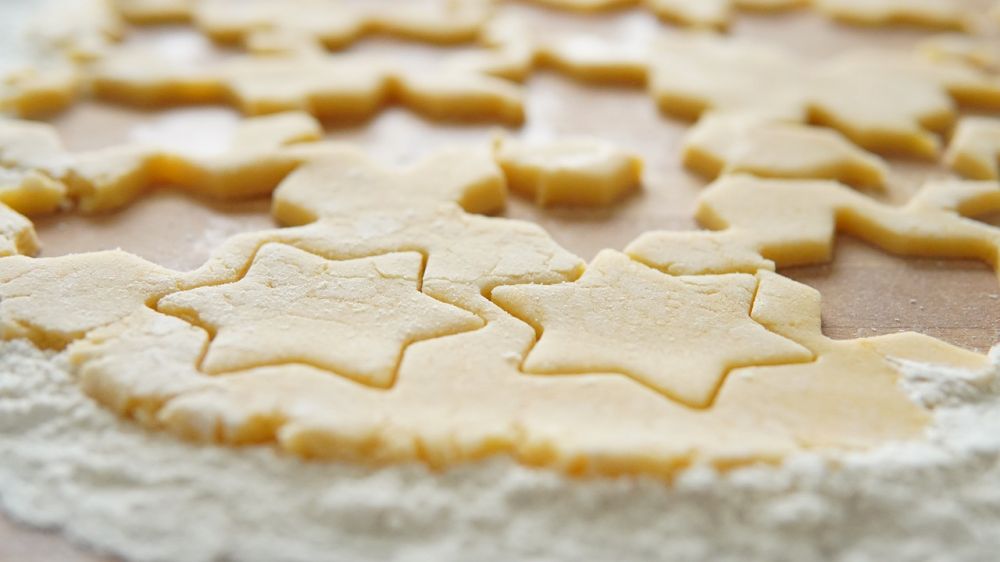
Baking with sourdough entails creating a fermented mixture of flour and water, which serves as a natural leavening agent. This process relies on the fermentation of wild yeast and lactobacilli bacteria naturally present in the environment and on the grain’s surface. As the mixture ferments, it becomes populated with a unique combination of microbes, each contributing to the distinct flavor and texture of the resulting bread.
There are several types of sourdough bread, each characterized by regional variations and unique production methods. Some popular types include San Francisco sourdough, French levain, and German rye sourdough. These breads differ not only in taste but also in texture, crust, and overall appearance.
Kvantitative målinger om «bake med surdeig»
When it comes to baking with sourdough, precise measurements are crucial for achieving consistent results. Quantitative measurements play a vital role in maintaining and adjusting the fermentation process, ensuring the right amount of acidity and leavening. Key measurements include the hydration level, or the ratio of water to flour, the percentage of sourdough starter, and the proofing time. These measurements can vary depending on the specific recipe, desired outcome, and environmental conditions.
En diskusjon om hvordan forskjellige «bake med surdeig» skiller seg fra hverandre
Though all sourdough breads share a common foundation of using wild yeast and lactobacilli bacteria, the different techniques and ingredients employed result in unique variations. For example, San Francisco sourdough is characterized by its tangy flavor and distinctive open crumb structure, while French levain often showcases a more balanced taste and a slightly denser texture. The variations arise from differences in flour types, hydration levels, fermentation temperatures, and feeding schedules. Exploring these differences can be a fascinating journey for baking enthusiasts.
En historisk gjennomgang av fordeler og ulemper med forskjellige «bake med surdeig»
Sourdough baking has a rich history dating back thousands of years. Before the advent of commercial yeast, sourdough was the primary leavening agent used worldwide. One advantage of sourdough bread is its enhanced nutritional profile, as the prolonged fermentation process breaks down gluten and phytic acid, making it more digestible. Additionally, sourdough bread often develops a complex flavor profile due to the diverse microbial population within the starter.
However, baking with sourdough requires patience, as the lengthy fermentation process can range from several hours to several days. Moreover, maintaining a healthy and active sourdough starter requires regular feeding and careful monitoring of its temperature and consistency.
In conclusion, baking with sourdough provides a unique and rewarding experience for bread enthusiasts. The art of creating delicious and nutritious bread through wild yeast and lactobacilli fermentation has captivated bakers for centuries. As you delve into the world of sourdough, experiment with different techniques, and appreciate the flavors and textures that each variation brings to the table. So, roll up your sleeves, gather your ingredients, and embark on a journey of baking with sourdough that will surely elevate your baking game.


